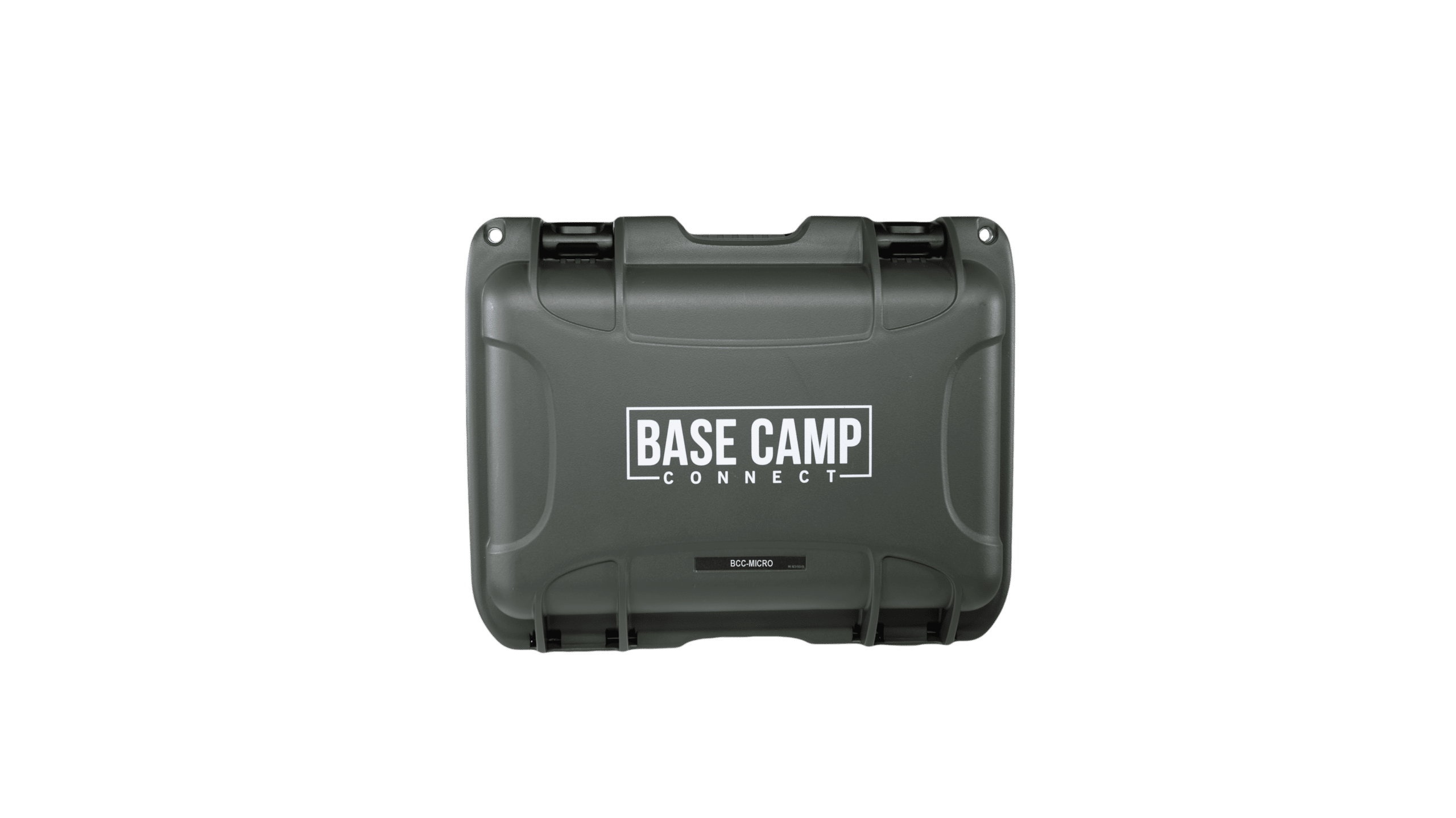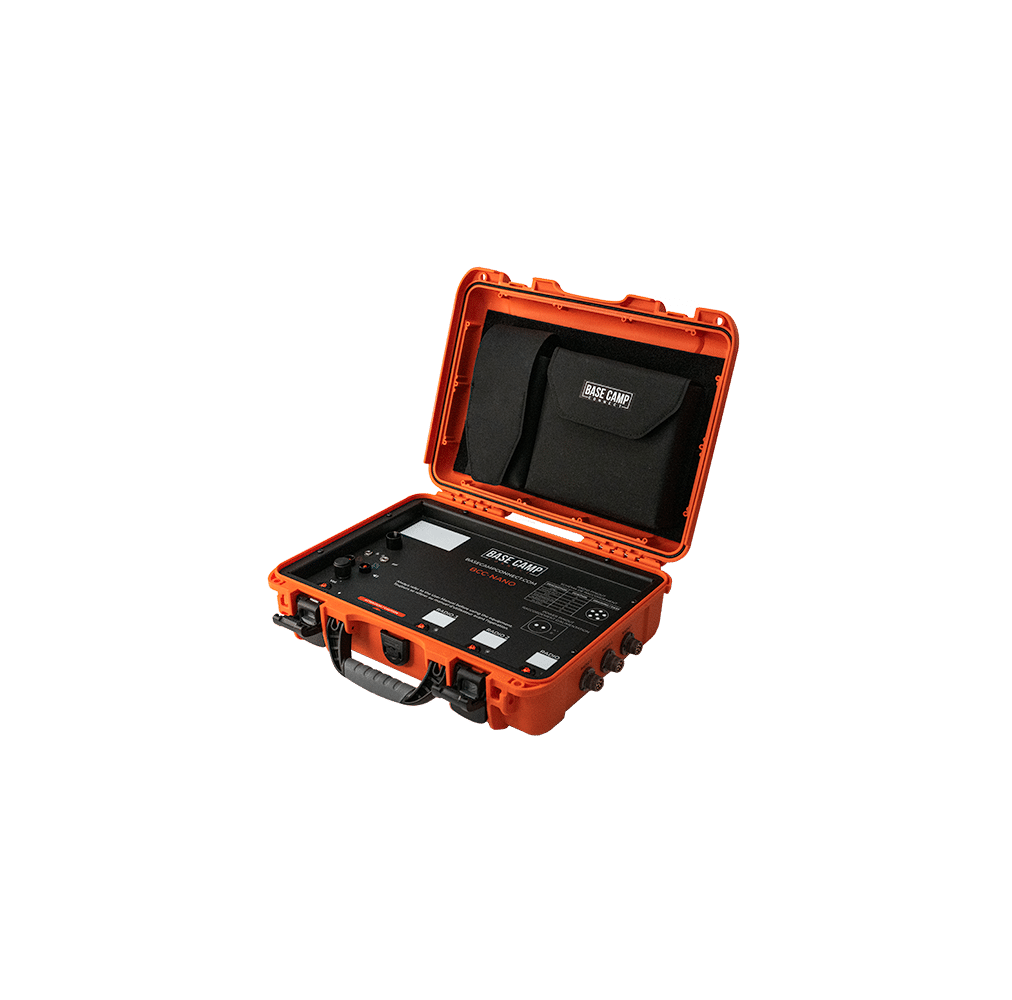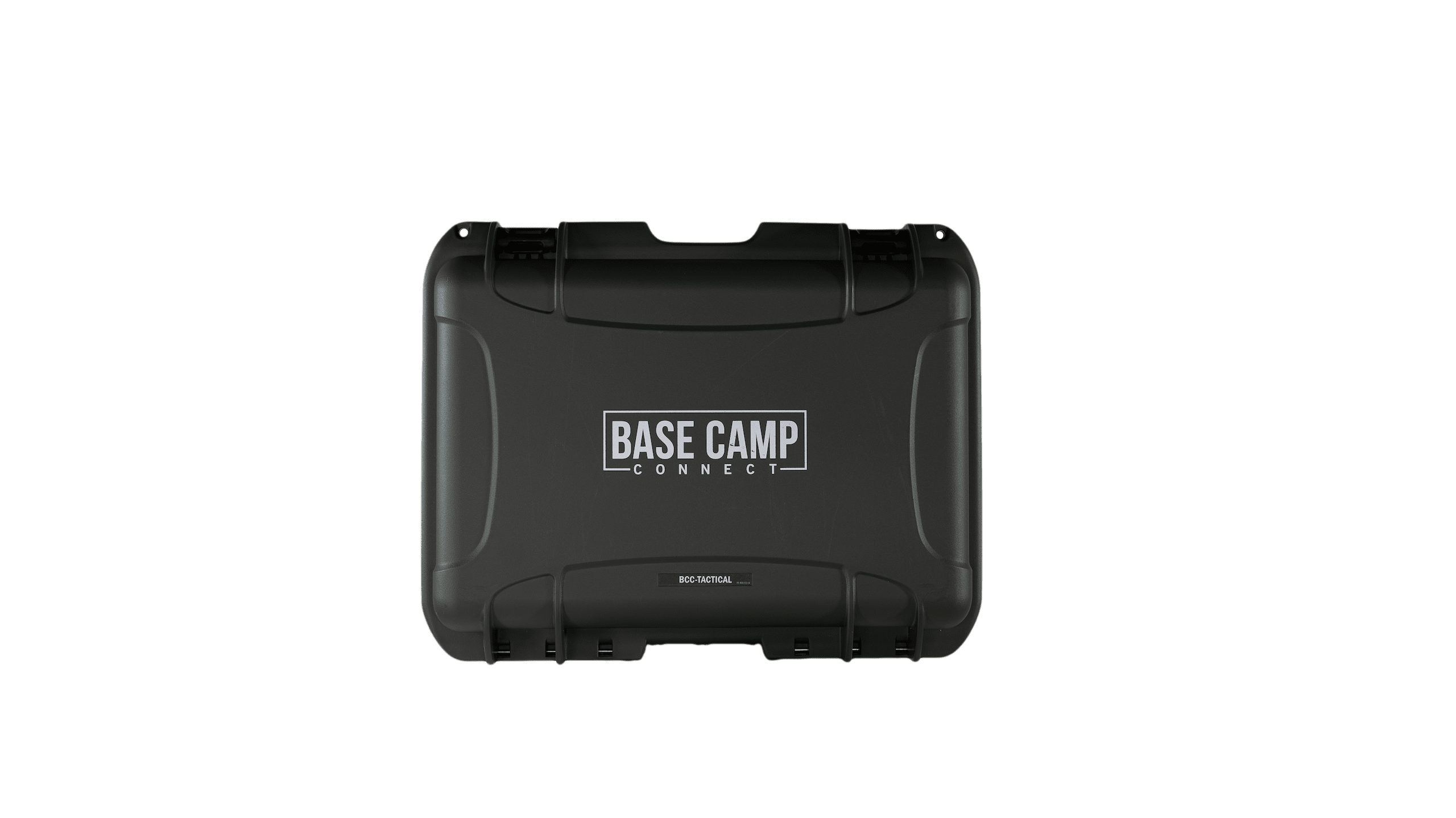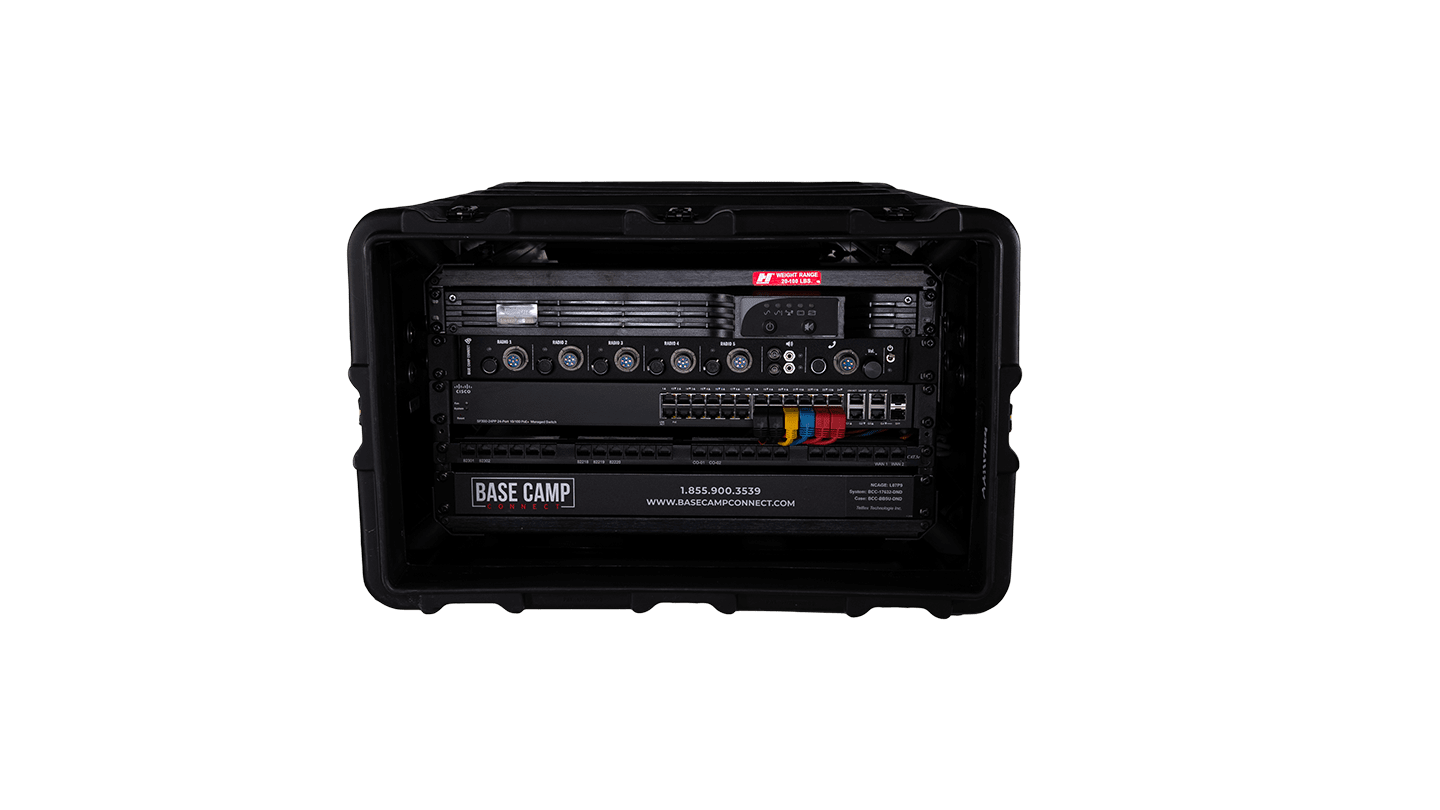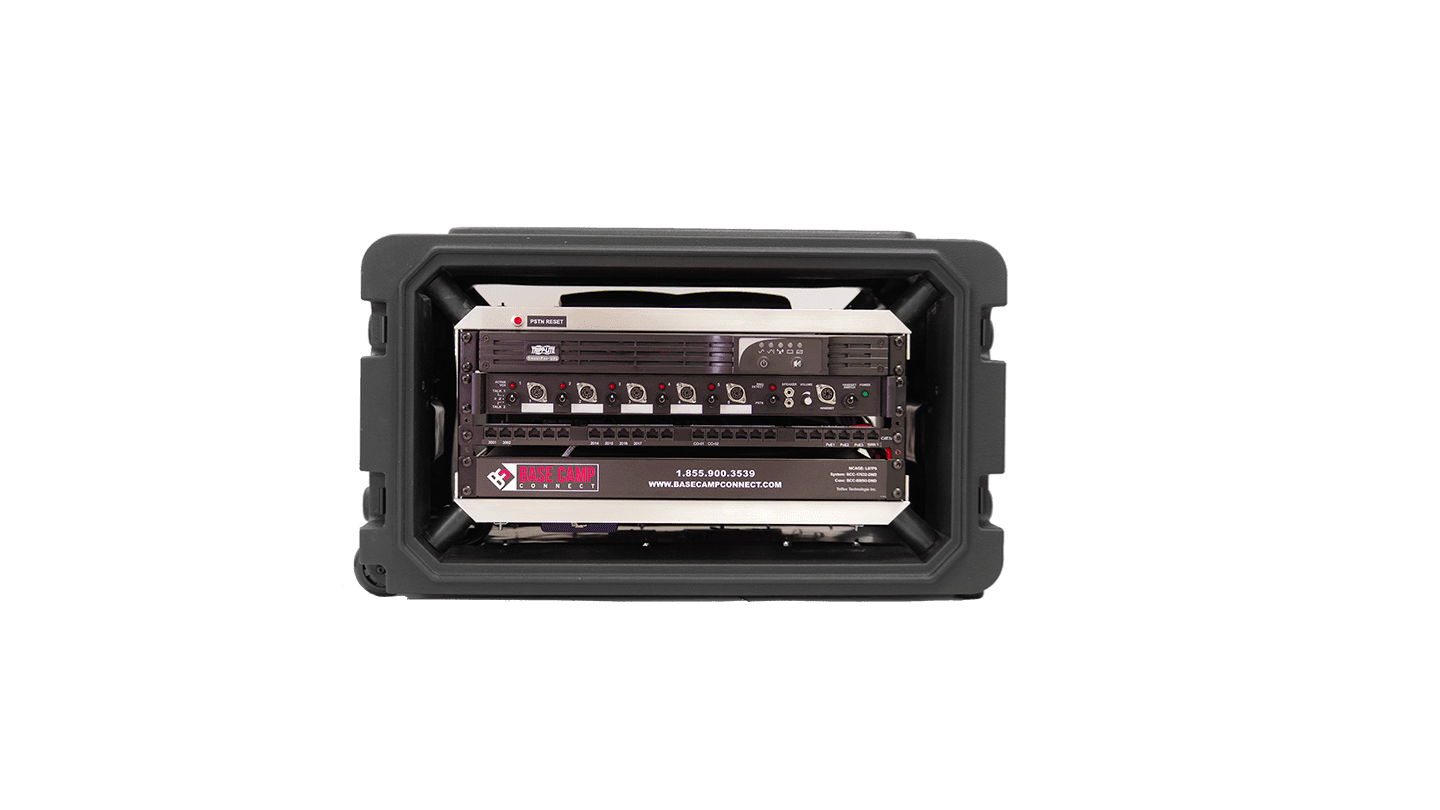Recent worldwide disasters and tragedies, from Fort McMurray, Alberta, to Paris and Nice, France and Brussels, Belgium are galvanizing the imperative of emergency responders to be able to work together. The sheer magnitude of these events and the crises they have produced, including billions of dollars of damage and uncountable deaths and injuries, simply overwhelm our capacities. We NEED one another.
We can no longer afford to believe that our individual mandates supersede those of the other agencies with whom we are responding. We all have jobs to do, many of which are specific, but ALL of which are vital. As a result, we must understand one another, and find a way to work in conjunction with each other to achieve the common goal of minimizing death, injury and further damage.
We are never going to eradicate any of the three, however our actions should, in no way, contribute to their increase, either within the public we serve, or our own ranks. If we simply run in with blinders on, becoming victims ourselves, we are doing neither society nor ourselves any service.
SOPs are critical in process-oriented operations such as emergency response agencies. While they are instituted for very specific reasons, considerations of the exigencies of other agencies or organizations, responding to the same event, are often ignored. This often results in “showdowns” being played out at major emergencies, because SOPs are not understood, known, or recognized. This has been the foundation upon which traditional silos have been built. What we must achieve in the future is to adjust our thinking so that new foundations we build support the phoenix of a comprehensive emergency management community.
Of course, all of this is much easier said than done. So how should we do it? In my last blog, I said that if the dialogue has not yet been started, then start it. And therein lies the key. By striking standing committees across agencies with the mandate of examining collective SOPs to identify gaps between and reaching consensus amongst them, that vital dialogue commences.
Such committees should include current frontline operational members, including those in leadership or middle management roles. Rank, however, should play no role and committee members should examine SOPs through the lens of their own experience and knowledge to allow for open dialogue, without prejudice.

In the context of this committee, a scenario should be identified that could be considered a major incident to which all three response disciplines would be required. Such interaction would allow the committee to determine the collective aspects of SOPs that are relevant to their own agency and offer suggestions in order to improve the functionality and understanding across the board.
An example of a SOP of concern, identified by interviewees and focus groups, involves the positioning of vehicles at a major response incident. For a number of reasons, not the least of which is the placement and protection of main line hoses, many fire services have strict protocols with respect to the staging of their vehicles. However, as indicated by a paramedic interviewee, paramedics are the only response agency that arrives and depart from a major scene in a priority one status. Depending on the location and condition of the patient, paramedics will require facilitated access to and egress from the scene (quite possibly the inner perimeter), in order to save precious minutes. By virtue of many fire service protocols, paramedics report having been blocked either way, wasting precious minutes. Ignorance of, or even blanket adherence to certain agency SOPs can result in further injury or property damage.
A common scenario that encompasses such a SOP and agreed upon by many of my research participants, is a major motor vehicle accident. The positioning of vehicles at this type of a scenario can have incredibly adverse effects on the outcome of the situation if the exigencies of all agencies are not taken into account or understood. Looking at a commonly identified call to which all agencies can relate, the committee would identify what priorities each agency has with respect to the scenario, explain their SOPs appropriately, and potentially develop new SOPs that accommodate the exigencies as many agencies as possible.
The time wasted as a result of ignorance or misunderstanding of one another’s SOPs can have catastrophic effects, as occurred in Ottawa on May 26, 2011. During shop class at a local high school, a 55-gallon drum exploded as a student attempted to cut it open with an acetylene torch. Fire Service vehicles, mustered according to their SOPs, which were either unknown or misunderstood by the other response agencies, made paramedic access and egress more difficult. Unfortunately in this case, while I categorically am not assigning blame, whether such difficulties contributed to fatal injuries sustained by one student is unknown. This is simply one example of how multi-agency SOPs can work at cross-purposes to one another.
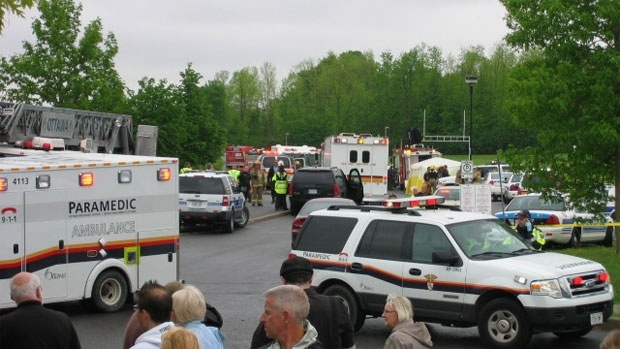
While our collective priority must be for the safety and security of the public we serve, there is also a significant misunderstanding with respect to follow-up investigations in which police often engage. According to an interviewee, in 2010, an Ottawa Police effort to educate both firefighters and paramedics regarding the police approach to and requirements at fatal accidents was met with resistance. As a result of this attempt, despite being exactly what is required to understand one agency’s SOPs and break down silos, failed. Paramedics and firefighters would have been trained regarding vital police procedures and investigative techniques at virtually any major scene.
A standing committee created for exactly these purposes would, therefore, be able to scrutinize many SOPs through a more holistic lens in order to adapt and accommodate as many as possible. The agreed upon approach would not come from one or the other of response agencies, but collectively, allowing for any conflicts to have recommended protocols for resolving them as quickly and seamlessly as possible.



